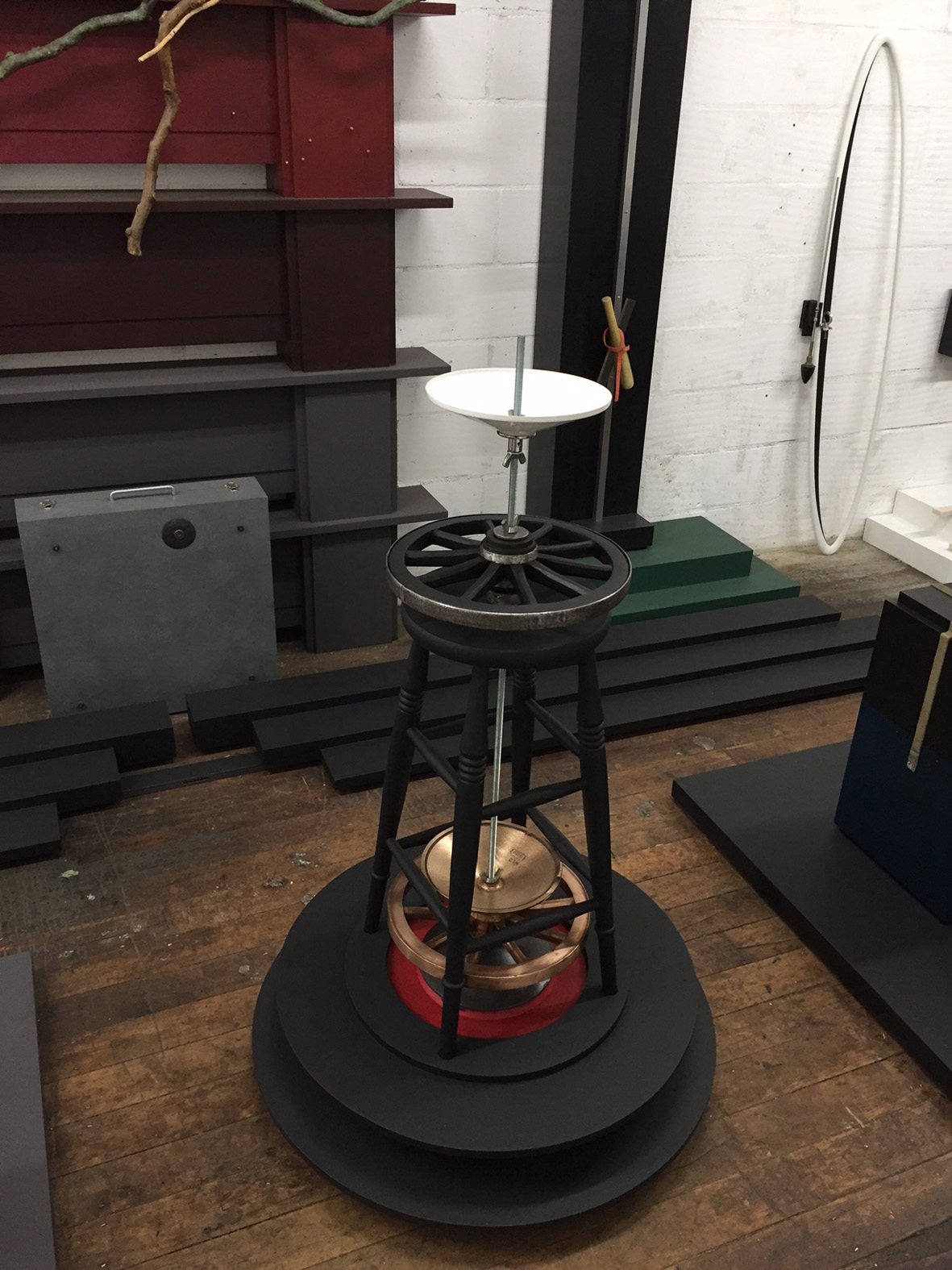Throughout 2017 the CAS were privileged to work with Tony Carter's widow, the artist Wendy Smith, to find museum homes for some of the extraordinary sculptures that he left behind in his studio, after his death in 2016. In the course of meeting with museum curators from across the country, Wendy gained an understanding of the widespread appreciation of her late husband’s work, and herself deepened the appreciation of his practice through many long conversations.
Tony Carter first gained recognition for his work in the early 1980s, and was included in the exhibition British Sculpture in the Twentieth Century that Nicholas Serota curated when director of the Whitechapel Art Gallery in 1981, as well as the important 1986 Hayward annual exhibition Falls the Shadow, where he was included alongside artists such as Jannis Kounellis and Barry Flanagan.
Tony Carter described himself as ‘a still life artist of an unconventional kind’, bringing together everyday objects which were transformed through the elegant and precise way in which he assembled them. Carter’s sculpture is characterised by an intense sensitivity to the symbolic and metaphorical power of objects. Writing about his own work in 2015 Carter said: ‘Objects fascinate me, not because they stimulate the urge to possess but because of their capacity to reflect aspects of our sensory and psychological condition. My work typically incorporates “found objects” and aims to represent the ways they exist within an extended context of associations. Some of these are obvious and others less direct but all are projections of the human mind and psyche. In this respect they dispel the idea of “innocence”, be it that of the “observer” or the “observed”.’


